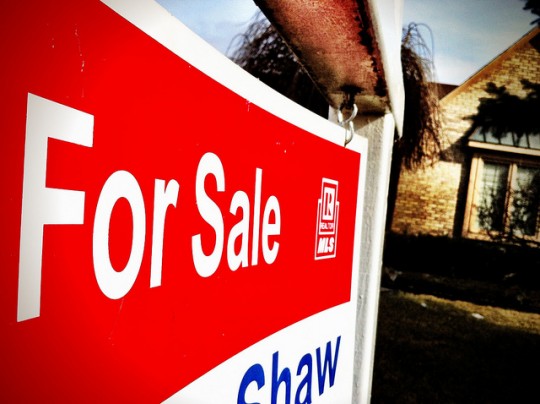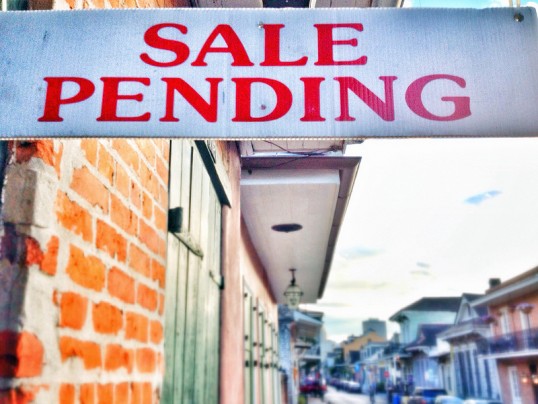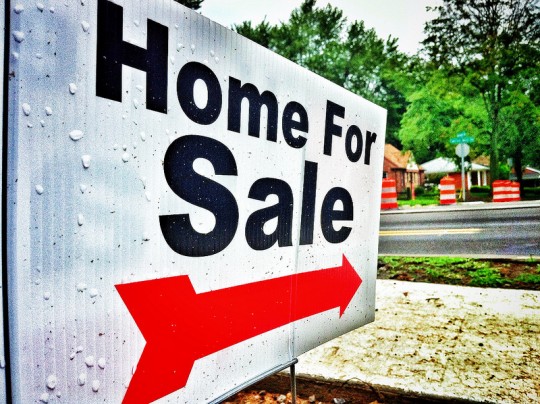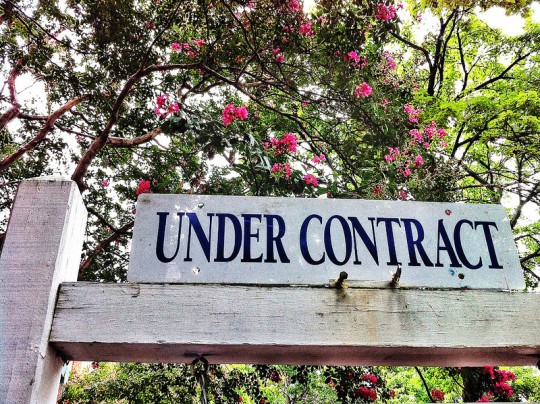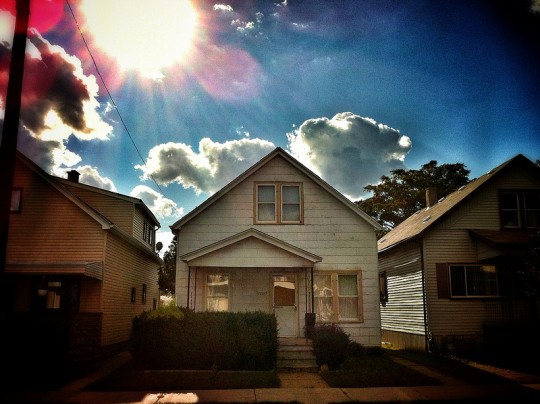According to the National Association of Realtors, sales of previously owned homes fell 3.2 percent in October. The drop marks the second consecutive month of slowed sales numbers. Lawrence Yun, NAR’s chief economist, said a flattening trend is expected. According to Yun, low inventory is holding back sales while, at the same time, pushing home prices up. And though inventory fell just 1.8 percent from the month before, the national median existing-home price was $199,500 in October, up 12.8 percent from last year. There have now been eleven consecutive months of double-digit year-over-year increases in median home price. Still, home sales were up from last year in the Midwest, South, and Northeast. The West, where constrained inventory has held back the sales pace, was flat as compared to one year ago. More here.
Tag Archive for NAR
Pending Home Sales Fall 5.6%
The National Association of Realtors’ Pending Home Sales Index is a forward-looking indicator based on the number of contract signings each month. The Index doesn’t reflect closings but is a good indicator of future sales of previously owned homes. In September, the Index dropped 5.6 percent. It was the fourth consecutive month pending sales declined. Lawrence Yun, NAR’s chief economist, said concerns about the government shutdown played a role. According to Yun, declining housing affordability conditions combined with uncertainty caused by the looming shutdown were the likely cause of the reduced contract activity. But despite decreasing sales trends, existing-home sales will be 10 percent higher this year than 2012, reaching more than 5.1 million. Also, the NAR expects home prices to moderate next year after rising more than 11 percent this year. More here.
September Existing Home Sales Slide 1.9%
During the summer selling season, sales of previously owned homes reached the highest level in nearly four years. But, according to estimates from the National Association of Realtors, sales of existing homes fell 1.9 percent in September. Lawrence Yun, NAR’s chief economist, said the decline was expected. Affordability levels have fallen as home price increases have easily outpaced income growth, Yun said. Still, sales are 10.7 percent above year-ago levels and have been better than the year before for the past 27 consecutive months. Also in the report, the median time on market for all homes was 50 days, up from 43 days in August but far better than last year’s 70 day median. Total housing inventory was virtually unchanged, with a 5-month supply of homes available at the current sales pace. More here and here.
Pending Sales Ease From Six Year High
The National Association of Realtors’ Pending Home Sales Index is a forward-looking indicator that tracks the number of buyers who signed contracts to purchase homes during the month. In August, the Index showed a 1.6 percent dip from July, when it reached a six-and-a-half year high. Lawrence Yun, NAR’s chief economist, said the decline was expected following the sales peaks reached during the summer-selling season. According to Yun, existing-home sales levels should slow in the coming months. Despite the dip, pending home sales have been above year-before levels for 28 consecutive months and were 5.8 percent above August 2012 in the most recent report. Regionally, sales fell in the Midwest, South, and West but rose 4 percent in the Northeast. The National Association of Realtors expects existing-home sales to be up nearly 11 percent this year. More here.
Existing Home Sales Up in August
Sales of previously owned homes rose in August, according to the National Association of Realtors. Total existing-home sales increased 1.7 percent from the month before and were 13.2 percent above year-before levels. Regionally, sales were up in the Midwest and South, flat in the Northeast, and down in the West. But, despite reaching the highest sales pace since February 2007, Lawrence Yun, NAR’s chief economist, said the market may be experiencing a temporary peak. Yun cautioned that sales may be uneven in the months ahead due to tight inventory and less favorable affordability conditions. In short, fewer homes for sale puts upward pressure on prices. In fact, the median home price in August was up nearly 15 percent from 2012 and has posted double-digit increases for nine consecutive months. More here.
